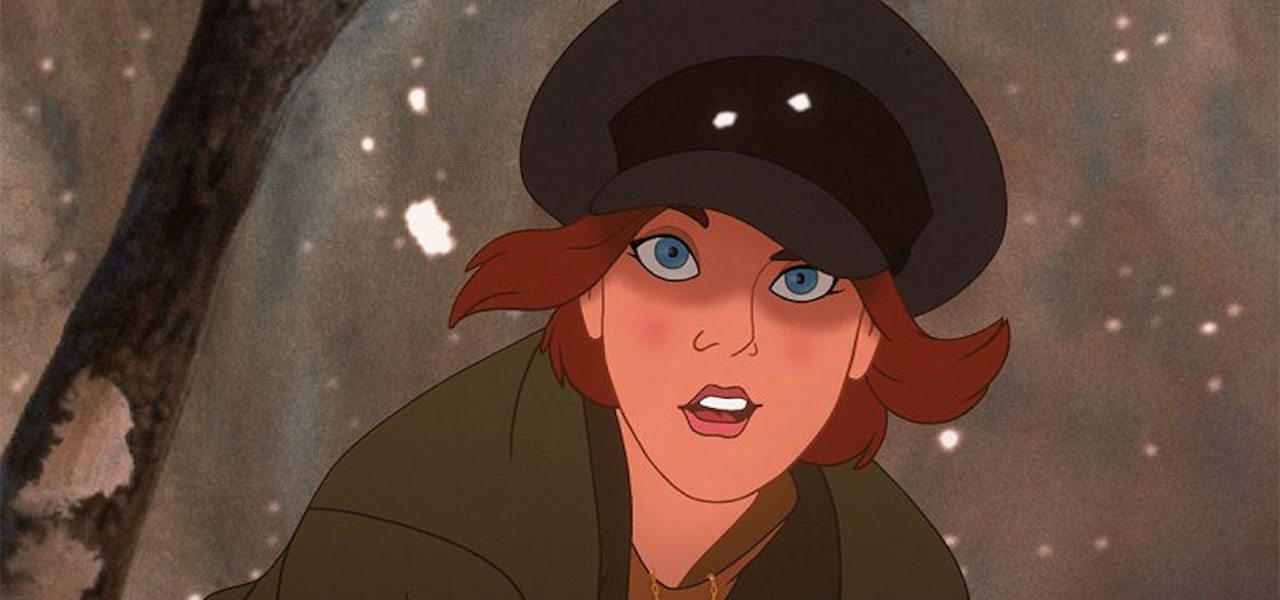
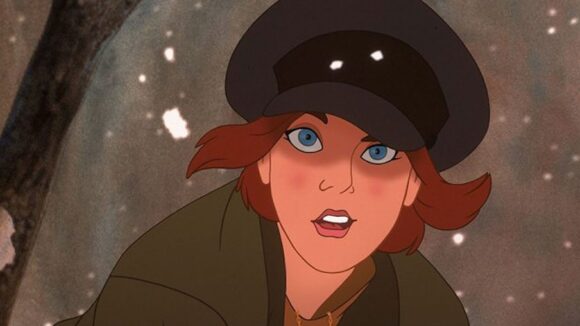
Don Bluth and Gary Goldman’s ‘Anastasia’ Is 20 Years Old Today
Twenty years ago on this day, 20th Century Fox released Don Bluth and Gary Goldman’s Anastasia, better known today as the film that everyone mistakes for a Disney production.
Though it might seem a little hard to believe in 2017, the mid-to-late 1990s was the height of the hand-drawn animation boom in Hollywood. Following a string of Disney blockbusters (Who Framed Roger Rabbit, The Little Mermaid, Beauty and the Beast, Aladdin, The Lion King), every studio wanted a piece of the action and 2d feature animation studios started popping up all over.
Fox was one of those companies that wanted to compete, and they made a big investment in Bluth and Goldman, setting them up in 1994 with a state-of-the-art 66,000-square-foot studio in Phoenix, Arizona, and staffing the place with 300 artists. Here’s an in-house gag film that offers a peek inside the studio during the time of Anastasia’s production:
November 21, 1997 marked the wide theatrical release of Anastasia, the first feature from Fox Animation Studios and the ninth for the directing-producing team of Bluth and Goldman (Goldman co-directed for the first time, in addition to producing). The film performed well, earning around $140 million globally and becoming the highest-grossing Bluth film ever. It even spawned a direct-to-video spinoff, Bartok the Magnificent.
That same year, Turner Feature Animation also launched their first effort, Cats Don’t Dance. The following year, three more studios each debuted their hand-drawn efforts: Warner Bros.’ Quest for Camelot, Nickelodeon Movies’ The Rugrats Movie, and Dreamworks Animation’s The Prince of Egypt. But hand-drawn films proved no match for the groundbreaking success of Pixar’s early features from 1995-1999. The first two Toy Story films and A Bug’s Life each earned more than any of the aforementioned studios who were entering 2d filmmaking.
Then in 2001, Shrek and Monsters Inc. delivered the one-two punch out. The gargantuan success of those two films effectively ended 2d feature animation in the United Sates, leaving us with our current single-technique feature animation industry. (For the record, Fox Animation Studios closed in 2000, following the release of its second theatrical feature, Titan A.E.)
Looking at Anastasia today, it’s a time capsule from another era, a nostalgic look back at an exciting moment in animation history when all of Hollywood thought 2d animation was the future – except for a spunky upstart in Richmond, California that had a different vision for the future of theatrical animation in the United States.
Below are some early concepts of the character Anastasia, which appear to mostly be drawn by Bluth himself. They are part of the Don Bluth collection at Savannah College of Art and Design. A lot more pre-production artwork from the film can be seen at the SCAD Libraries website.
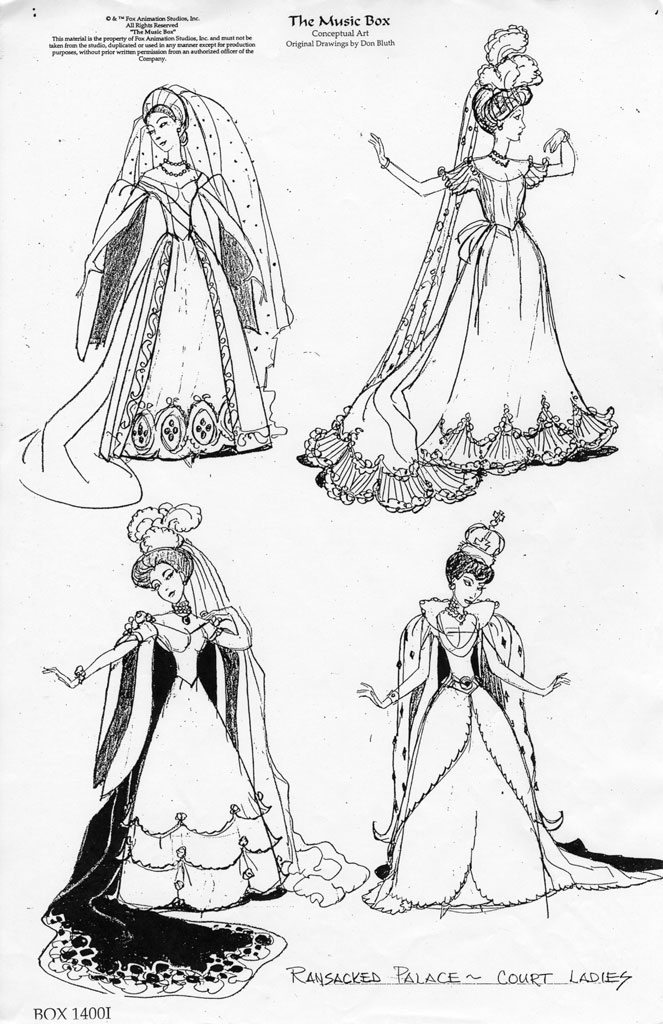
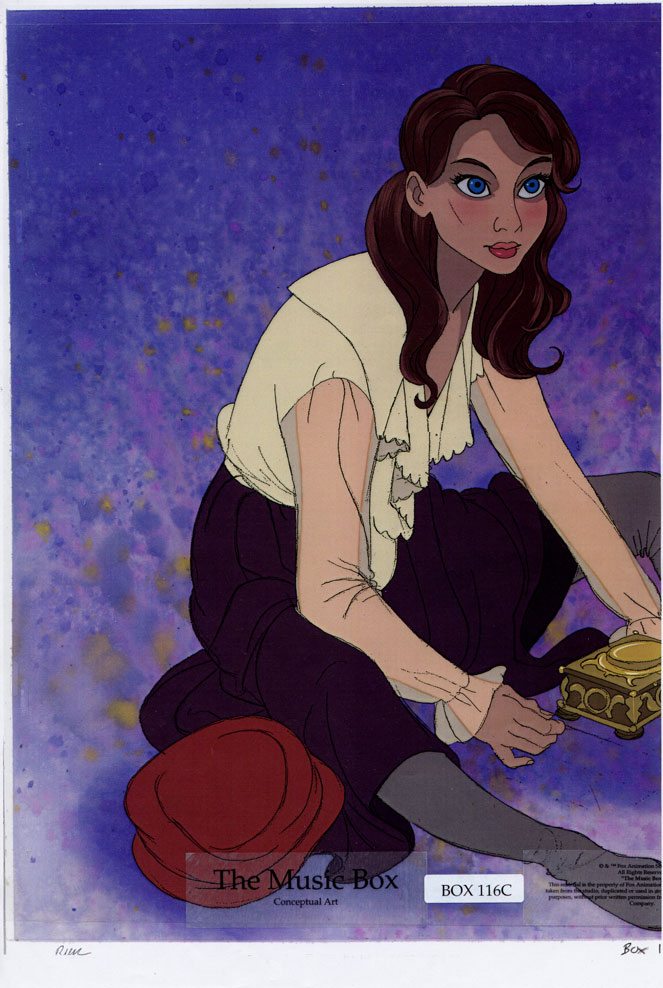
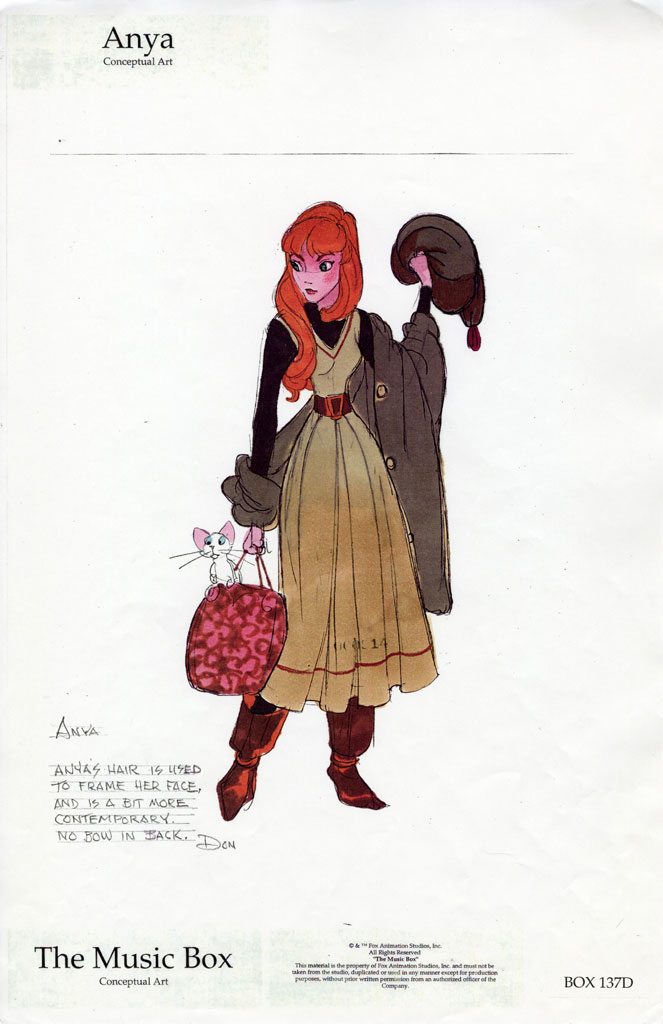
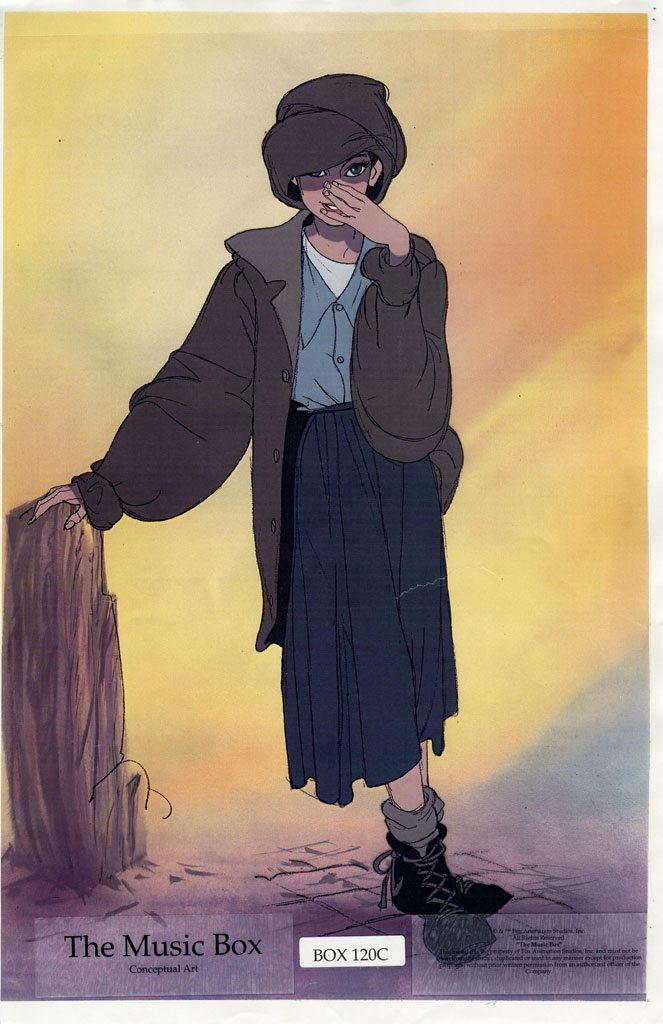
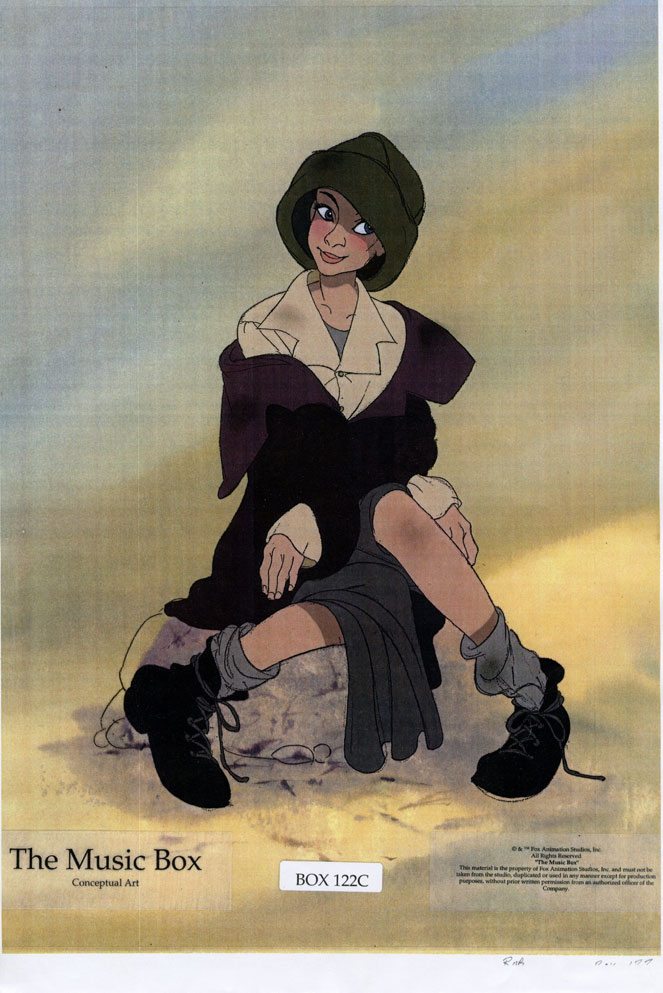
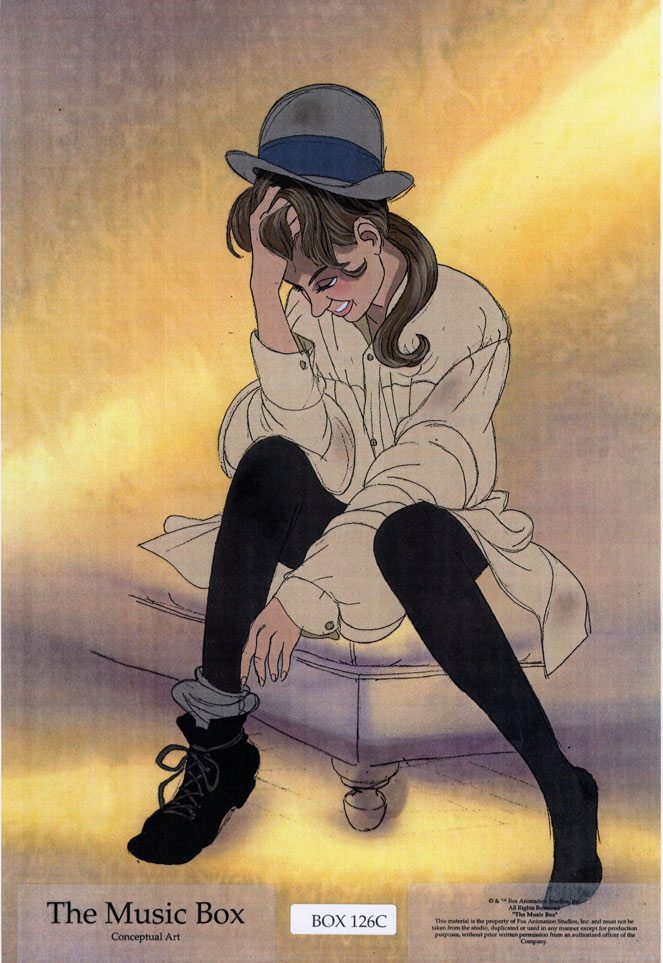
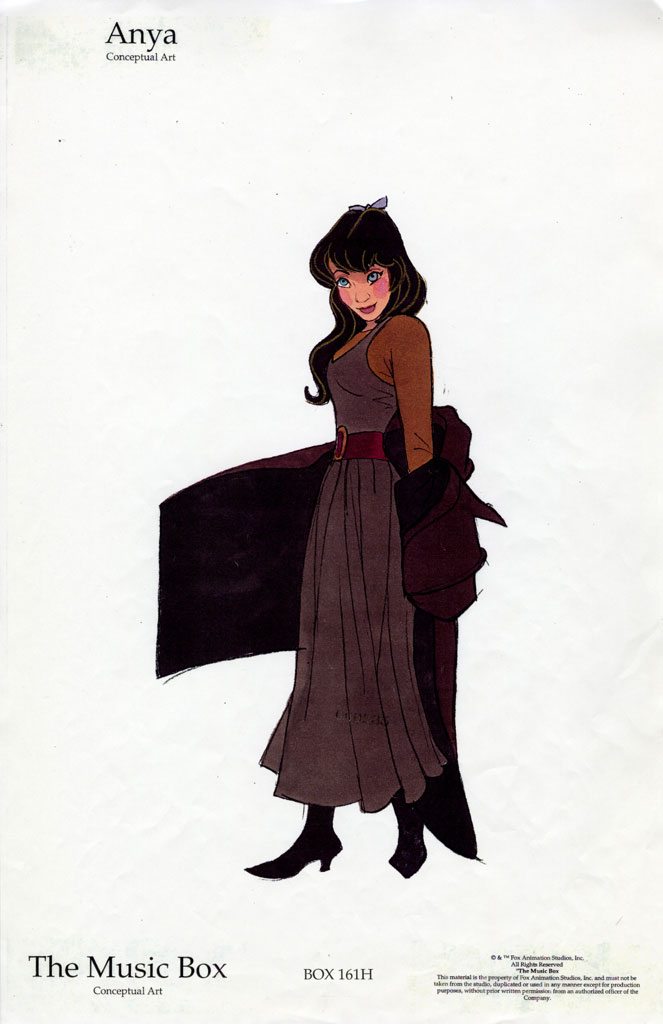
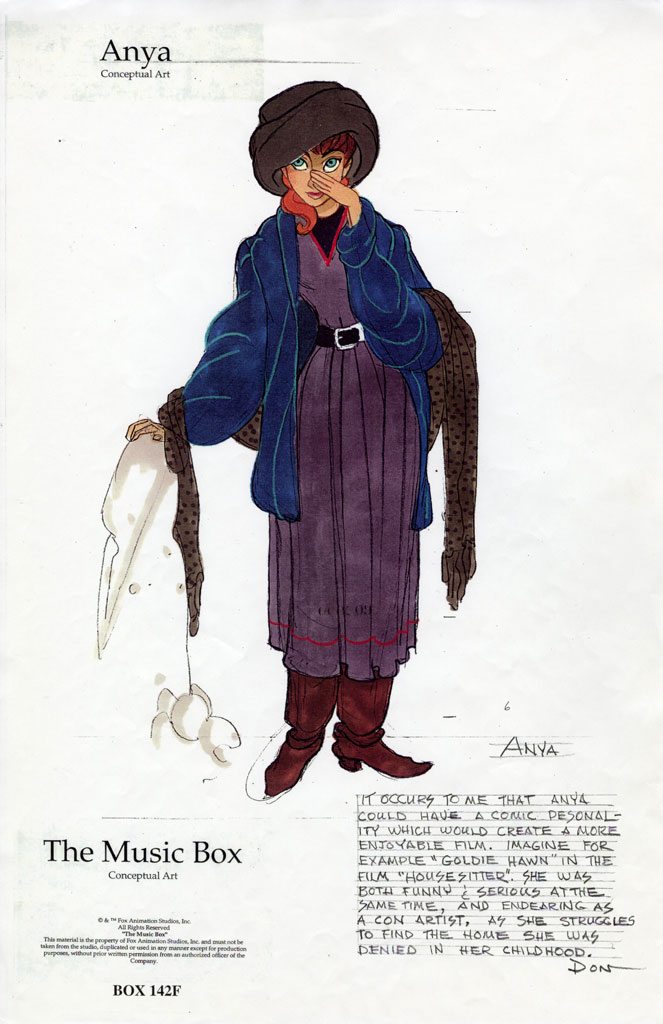

.png)